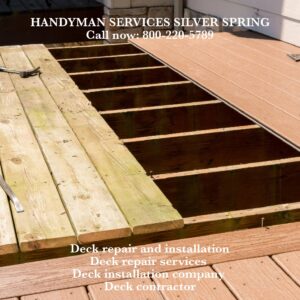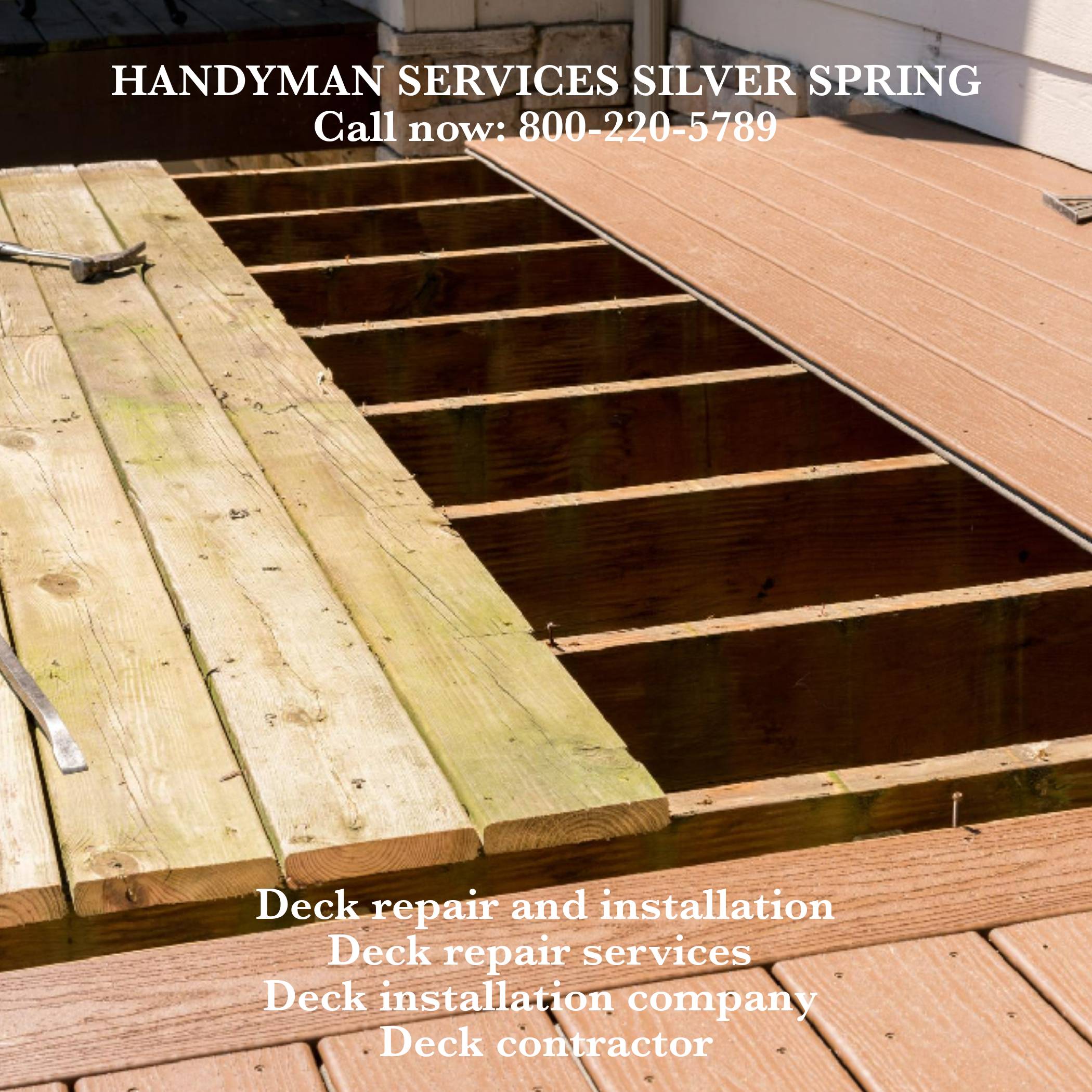Determining the Ideal Time to Replace Your Wooden Deck
Introduction (50 words): A wooden deck is a beautiful and functional addition to any home, but over time, it can show signs of wear and deterioration. Knowing when it’s the right time to replace your wooden deck is essential to ensure safety, maintain aesthetics, and preserve the value of your property.
Signs of Deterioration (100 words): Several signs indicate that your wooden deck may be nearing the end of its lifespan. These include:
- Structural Issues: Check for signs of sagging, loose or rotting boards, or unstable posts. Any structural damage compromises the safety of the deck.
- Rot and Decay: Inspect the wood for soft spots, fungal growth, or signs of decay. Rotting wood not only affects the deck’s appearance but also weakens its integrity.
- Splitting and Cracking: Excessive splitting, cracking, or splintering indicates that the wood has become brittle and is losing its strength.
- Loose Fasteners: If nails, screws, or other fasteners are coming loose frequently, it suggests that the wood has started to deteriorate, affecting the stability of the deck.
Evaluating Repair vs. Replacement (150 words): Once you’ve identified signs of deterioration, you need to determine whether your deck requires repair or replacement. Consider the following factors:
- Extent of Damage: Assess the severity and extent of the damage. Superficial issues can often be repaired, while extensive structural damage may require a complete replacement.
- Age of the Deck: Older decks are more likely to have multiple underlying issues. If your deck is nearing or has exceeded its expected lifespan (typically 10-15 years for most wood types), replacement may be the better long-term solution.
- Cost of Repairs: Evaluate the cost of repairs versus the cost of replacement. Extensive repairs may end up being more expensive in the long run, especially if additional issues arise.
- Safety Considerations: Prioritize safety above all else. If the deck poses a risk to occupants due to structural instability or other safety hazards, replacement is the best course of action.
Choosing the Right Time (150 words): Determining the right time to replace your wooden deck depends on various factors:
- Season and Weather: Consider the weather conditions and choose a time when the climate is favorable for construction work. Avoid rainy or freezing seasons, as they can hinder the installation process.
- Budget and Planning: Allocate a budget for the replacement project and plan accordingly. Consider factors such as labor costs, material selection, and any necessary permits.
- Convenience: If you regularly use your deck for outdoor activities or entertaining, plan the replacement during a period when you can minimize disruption to your lifestyle.
- Expert Consultation: Consult with a professional deck builder or contractor to assess the condition of your deck and obtain their expert opinion on the best time for replacement.
Conclusion (100 words): Replacing a wooden deck at the right time is crucial to maintain the safety, functionality, and aesthetic appeal of your outdoor space. By carefully evaluating signs of deterioration, considering repair versus replacement options, and selecting an appropriate time, you can ensure a smooth transition to a new deck that will provide enjoyment for years to come. Remember, consulting with professionals in the field will help you make an informed decision and ensure a successful deck replacement project.

